Results
-
£139.99
Singapore Rhapsody - Jacob de Haan
Singapore Rhapsody is an exciting work in two movements based on popular Malaysian folksongs. The songs that occur in the first movement are Rasa Sayang eh (a love song), Gelang Sipaku Gelang (a song about community spirit), Suriram (a song about a girl proclaiming her virtues) and Di-Tanjung Katong (a love song that takes place at the Cape Katong on the southeast coast of Singapore). The second movement features Lenggang Kangkung, which literally means "The swaying of the watercress," Katang Lompat (a moralistic song about the symbolism of the frog) and finally Kenek kenek-lah Udang (a wedding song). Each movement of this enchanting work can be performed separately but acomplete performance will be the crowning moment of any concert.
Estimated dispatch 7-14 working days
-
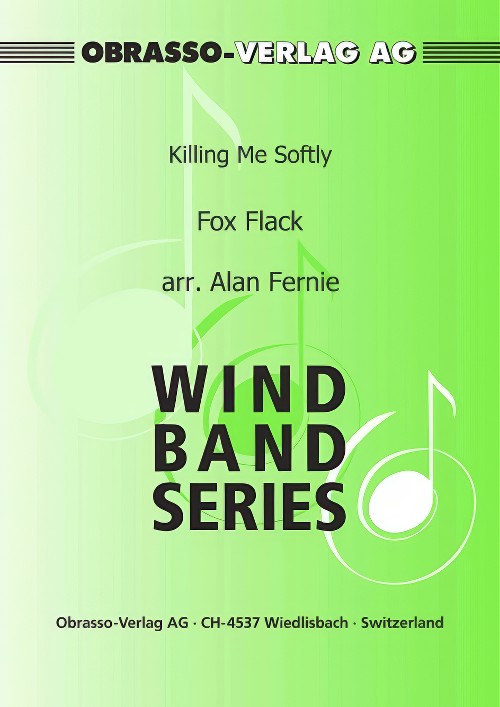 £84.60
£84.60Killing Me Softly (Concert Band - Score and Parts) - Flack & Fox - Fernie, Alan
Killing Me Softly with His Song is a song composed by Charles Fox with lyrics by Norman Gimbel. The song was written in collaboration with Lori Lieberman, who recorded the song in late 1971. In 1973 it became a number-one hit in the United States and Canada for Roberta Flack, also reaching number six in the UK Singles Chart. The song has been covered by many artists, and now your band can join them!
Estimated dispatch 7-14 working days
-
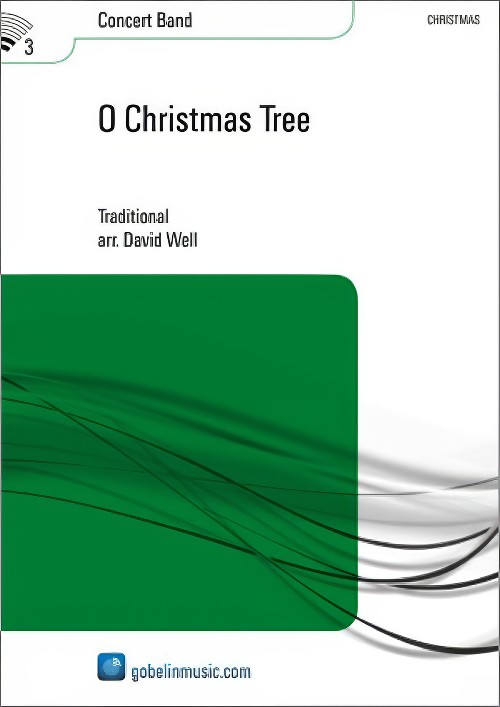 £94.99
£94.99O Christmas Tree (Concert Band - Score and Parts) - Well, David
The tradition of the Christmas tree in Western Europe dates back to a time long before any Christianization had taken place. During the severely cold winter nights, so it was believed, evil spirits tried to 'kill' nature. Needle-leaved trees were the only ones which kept their green colour throughout the year, and therefore became symbols of immortality. These 'living' trees, said to be the work of benign spirits, were brought into people's houses to ward off evil, life-threatening powers. In the 14th century people first started to decorate Christmas trees. It was a pagan custom, originated by the inhabitants of Alsace. This custom was taken over by the Church in the course of the 15th and 16th century. At first the decoration consisted mainly of edibles, such as apples and wafers, but later small presents were added. Legend has it that the reformer Martin Luther was the first person to decorate a Christmas tree with candles. The flickering candle flames were meant to create the image of a starry sky in which Christ's apparition could be recognized. The German organ-player Ernst Anschutz from Leipzig was the first person to notate the song 'O Tannenbaum', the melody being a well-known folk song. Next to 'Stille Nacht' 'O Tannenbaum' is the most famous German Christmas song, now known throughout the world. In the United States of America the melody of 'O Tannenbaum' has even been used in four States (among which the State of Maryland) for their State song. In David Well's arrangement the song is first heard as many of us know it. After this introduction, however, it is transformed into a solid rock version, and the beat has been changed. In the second part the familiar three-four time is back, but here the rhythm is different from the original. After the richly ornamented rock beat the basic theme can be heard once again and the composition is concluded in a festive manner.Duration: 3:15
Estimated dispatch 7-14 working days
-
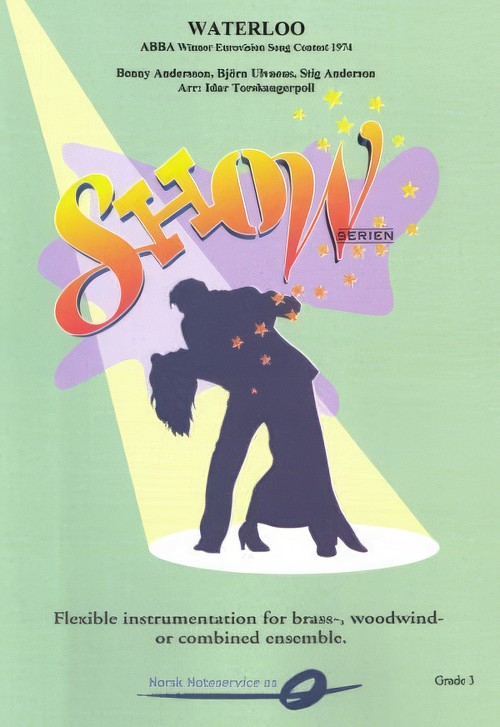 £86.90
£86.90Waterloo (Flexible Ensemble - Score and Parts - Torskangerpoll, Idar
With this song ABBA won the Eurovision song contest in 1974. It has since been voted the best Eurovision song of all times. This song is one of the worlds most played pop songs, and with this song ABBA started its fantastic career with concerts and album sales all over the world.Duration: 3.00
Estimated dispatch 7-14 working days
-
 £73.60
£73.60Bella Ciao - Manu Pilas
Bella Ciao is an Italian battle song, which became popular in Italy during World War II among partisans resisting fascism and national socialism. The song became a global resistance song against oppressive powers. In 2018, the song became known again through the Spanish Netflix series La Casa de Papel, in which the song was used multiple times. Jan van Kraeydonck wrote a skillful arrangement for concert band, fanfare and brass band.
Estimated dispatch 7-14 working days
-
 £115.60
£115.60Vise ved vintersolkverv - Tore Bruvoll
The beautiful song "Song at Winter Solstice" has within short time been highly loved by listeners all around Norway. It's performed by folk-rock band "Hekla Stlstrenga" who released their first album "Hekla Stlstrenga" in 2008. This album was nominated for "Spellemansprisen" (the Norwegian equivalent to Grammy) in the folk music / traditional music category. "Song at Winter Solstice" was released as single record in 2013. To the conductor: In this band arrangement you can choose whether to perform with or without repetition of the melody. If you want to use a song soloist, play the piece as is with all the verses that belong. As instrumental you can choose to go straight in the2nd house to make the song shorter.
Estimated dispatch 7-14 working days
-
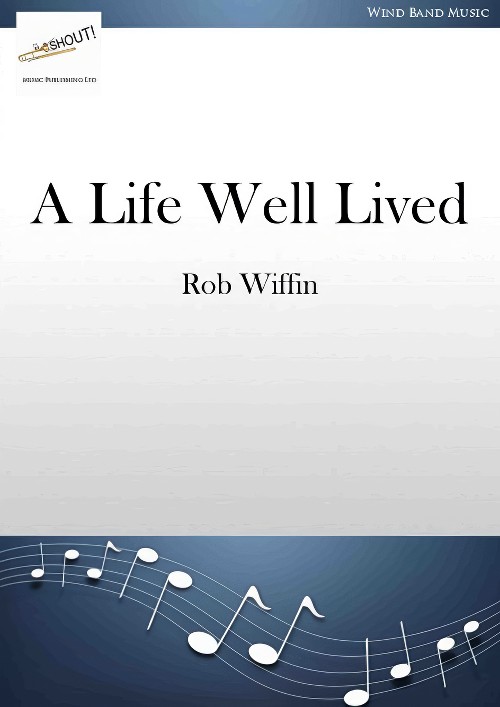 £49.95
£49.95A Life Well Lived (Concert Band - Score and Parts) - Wiffin, Rob
A Life well lived was commissioned by the Morrish family in 2023 on the death of Ian Morrish. It is dedicated to them with the inscription in loving memory of Ian.I knew Ian from early days at Southall Citadel Salvation Army Corps and then our paths crossed again briefly when I joined the Central Band of the Royal Air Force. Ian had been a euphonium player in the band for many years and was about to leave to take up a teaching post in Surrey. He was always very involved in choral music, conducting choirs throughout his life. I therefore wanted to keep this piece song-like and actually started with the song which appears from letter D to the end, which can always be performed on its own. From there I used the rising octaves that introduce the song to form the beginning of the work, with the feeling in the back of my head of a river starting to flow. There is nothing referential in the more dramatic sections towards the beginning, but every life has its dramas and I wanted something to give some balance to the tranquil nature of much of the piece. In the middle of the work I use a little motif taken from a song I remember Ian singing in his floating tenor voice. I develop the motif a little as an accompaniment to a new line which has, for me, a sense of purpose and directness and has an oblique reference to the RAF March Past. This builds to the aforementioned song and from there the music flows with its highs and lows to its peaceful conclusion.- Rob WiffinDuration: 3.30
Estimated dispatch 7-14 working days
-
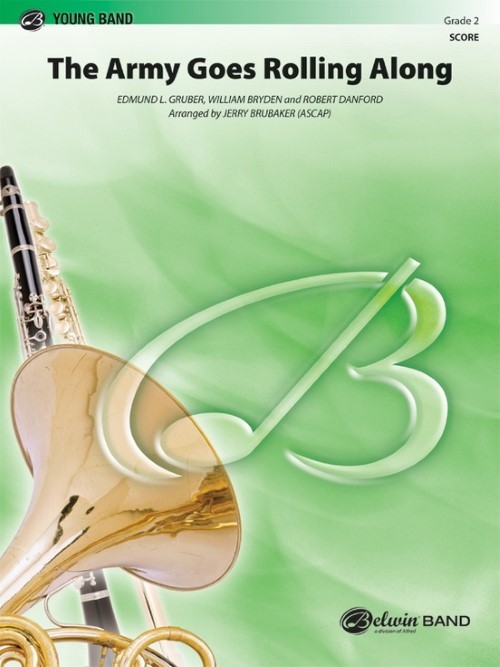 £61.95
£61.95The Army Goes Rolling Along (Concert Band - Score and Parts) - Brubaker, Jerry
The Army Goes Rolling Along is the official song of the United States Army and is typically called "The Army Song." The song is based on the "Caisson Song" written by field artillery First Lieutenant (later Brigadier General) Edmund L. Gruber, Lieutenant William Bryden, and Lieutenant (later Major General) Robert Danford while stationed at Fort Stotsenburg in the Philippines in March 1908. The tune quickly became popular in field artillery units. This exciting march is further embellished by the call of the bugle. Duration: 2.15
Estimated dispatch 7-14 working days
-
£102.99
Noel Wind Band Set (Score & Parts)
Noel" is based on the famous English Carol "The First Noel". The age of this song is not clear.Some scientists argue that tis song is from early thirteenth century, others say that it's from the sixteenth century.The first publication was in 'Christmas Carols, Ancient and Modern', compiled by William B. Sandys. (London, 1833).The exact origin is unknown. By Norman influences on the text, with the result that the spelling of the song is not certified (Noel, Nowell), an individual will sometimes claim that France is the cradle of this song, but in general assumes that "the First Noel 'for the first time somewhere in England sung. 03:45
Estimated dispatch 7-14 working days
-
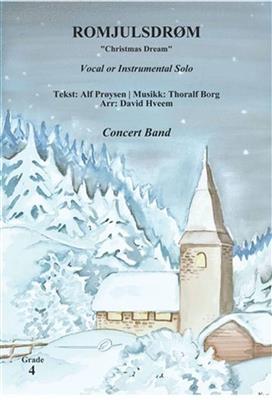 £115.60
£115.60Romjulsdrm - Thoralf Borg
The poem Romjulsdrm ("Christmas Dream") was first published in Arbeiderbladet on January 3rd 1959, and became known when Thoralf Borg set a melody to it in 1968. Up until this, Alf Prysen had used a melody quite similar to the song Lijan uti dalen, when he sang the song in the TV program Ei vise vil jeg synge in 1964. At the same time that Borg's melody was written, the last four lines of text were also added to the poem, and the song took on the form we know today.The form and structure of this arrangement originates from a version for big band and vocals commissioned by stre Toten Storband, written in 2018 for one of their traditional midnight concerts on the day before Christmas. In an attempt to give the arrangement a nice calm and the text a lot of room, as is often the case in songs like this, it ended up in a relatively narrative style where the variation in tempo and the shifts between swing and straight eighth notes are particularly central.The song is about family, friendship and the quiet days of the Christmas holidays, which hopefully is something most people can recognise. The arrangement for the aforementioned midnight concert was ordered because my sister was to be the soloist for the concert, and since my father also played lead trombone - as he has done in this big band for as long as I can remember - it was natural to add a small trombone solo as well. It's always special to write and arrange music for people I know and appreciate, but it's extra special when it's also for two of my great role models.- David Stre Hveem -
Estimated dispatch 7-14 working days
